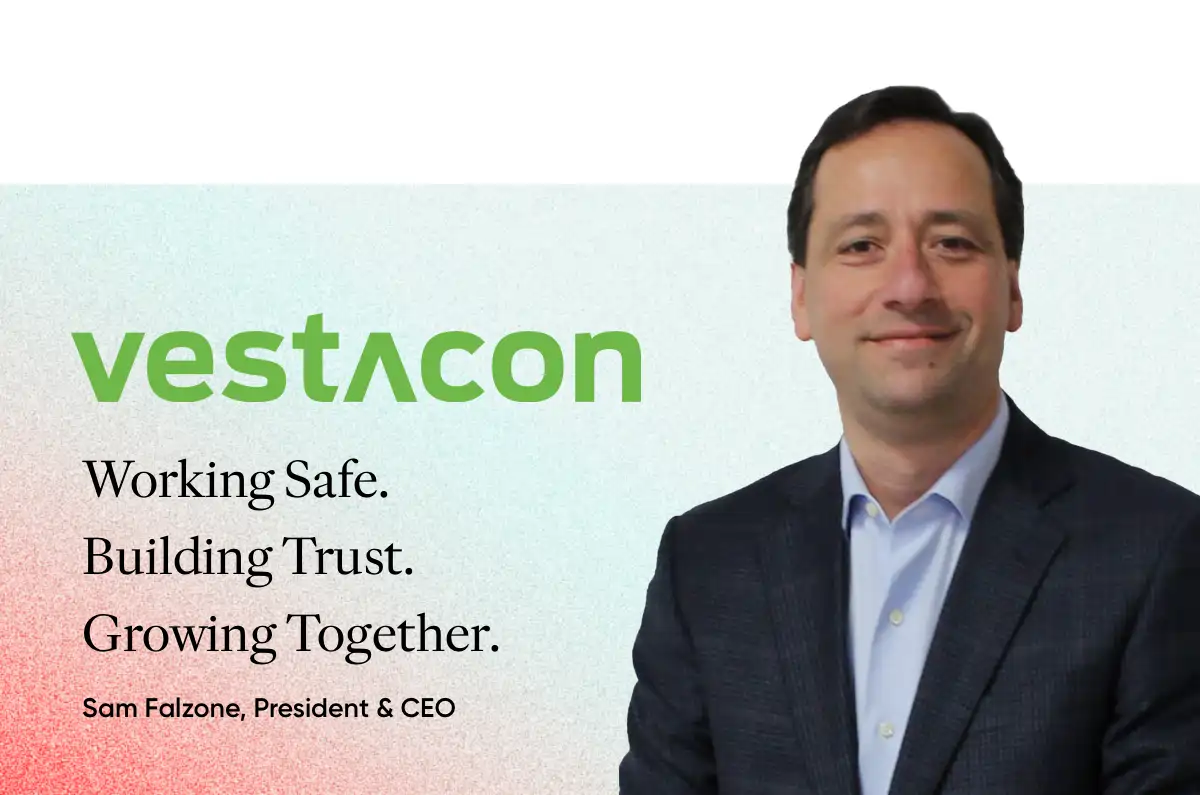
Company Culture, Employee well-being, Equity, Employer Branding
"Toxic work environment makes the workplace culture unhealthy and it may lead to great employees leaving an organization."
This toxicity often creeps up slowly and it has its seeds in common workplace behaviour that may get overlooked until it is too late. Gossiping, unfair treatment, high levels of competition and aggression are key behaviours that form the grounds for a toxic workplace culture. When these behaviours take hold it's easy for others to fall into similar patterns. Soon enough, the whole culture is painted with a toxic brush where people feel stressed, unhappy and there is an overall sense of negativity.
Once a toxic workplace culture takes hold it is difficult (but not impossible!) to correct. This increasing level of difficulty however, is why it is important to take a more proactive stance and understand how toxic behaviors shape culture and impact employee wellness as well as employee turnover, employee morale, and productivity.

In 2022, a US based study by MIT Sloan Management Review found that-
"a toxic corporate culture is by far the strongest predictor of industry-adjusted attrition and is ten times more important than compensation in predicting turnover." - Learn More
And worryingly, in May of 2023 Canadian HR Reporter indicated that 20% of workers said they were working in a toxic environment. - Learn More
With the competition for talent being as high as it is, workplaces cannot risk allowing toxicity to fester and take over culture. It’s imperative that organizations reflect on the issues that underlie a toxic workplace culture and then make creating a healthy, thriving culture a strategic priority.
Identifying a toxic workplace culture

People spend a lot of time at work and as a result, their work environment impacts their well-being. And while every job comes with some stress, the added stress of a toxic work culture can create a situation where people shut down or leave. Some examples of toxic work culture situations and behaviours to look out for include:
- Lack of trust and support from leaders and between team members that leads to poor cooperation and ineffective collaboration.
- Micromanagement and passive aggressive behaviours that undermine people’s confidence in themselves.
- Highly competitive environments that encourage cutthroat behaviour, jealousy and people trying to take credit for others work.
- Excessive criticism or nonconstructive criticism that weighs heavy on people and creates a constant sense of job insecurity.
- Unfair treatment and/or discrimination where people believe they are treated differently based on who they are and not what they do.
- Favouritism and unequal treatment that is evident in systems like discipline, development and promotion.
- Cliquish behavior that further exacerbates the favouritism and inequality experienced by some.
- Poor overall work conditions that include unrealistic workloads, unsafe work conditions, low pay, and lack of growth opportunities.
- Disrespectful and dishonest interactions that include overt negativity like gossiping and bullying as well as a lack of transparency and general secretiveness within the organization.
How to address toxic culture

If yours is, or has elements of, a toxic workplace there are strategies to improve toxic culture. The key is minimizing unnecessary workplace stress and focussing on areas that will improve overall mental health and happiness. When you focus on people and operate from a place of trust and respect in a careful, considered and consistent manner employees will respond positively and be much more inclined to stay with you long term.
Here are a few things you can do right now to start to change a toxic workplace culture and encourage your people to stay:
- Accept accountability for past mistakes and current issues.
- Make a commitment to your people that you need to change.
- Encourage transparency around the issues and create many and varied opportunities for open dialogue and feedback.
- Don’t be afraid to discuss difficult subjects and encourage people to talk about their negative experiences openly and honestly.
- Be prepared to fire toxic employees. The ripple effects these people have on toxic culture far outweigh the discomfort of having to replace them.
- Back up your words with organizational change initiatives that demonstrate your commitment to improve culture.
- Train your leaders and ensure they have the skills and resources they need to manage effectively and promote mental wellness and security at work.
- Be a champion of inclusive practices that ensure ALL employees feel welcome, respected, and supported.
- Model healthy habits and behaviours, and support all people leaders to do the same. Think about workloads, take breaks, speak respectfully, show patience and understanding, make an effort to get to know people outside your comfortable sphere, be more transparent, and let people know that their managers can be counted on to support them no matter what they are going through.
- Commit to ongoing, transparent, and two-way communication with employees.
- Communicate clearly and often so that employees understand what is expected of them and what resources they have available to them when things aren’t going well.
- Listen carefully to what people are saying and experiencing. Use surveys and check-ins to stay on top of what is happening and don’t be afraid to address issues head on. In the case of toxic workplace culture, no news is definitely not to be confused with good news!
- Emphasize the importance of collaboration and encourage people to work together to solve problems and talk about issues before they become toxic and unmanageable.
Toxic workplace culture is as insidious as it is unhealthy. If allowed to percolate, the impact on employee mental wellness and happiness can be devastating and lead your people to decide to move on. To avoid this, focus on your people, ensure their experiences are positive and that they are encouraged to be the best they can be. Be mindful of who, and what, may be the source of toxic energy and then take decisive action to make a change. The more you allow each of your people to shine and flourish, the less likely toxic work culture is to thrive and take hold.
Get Certified 
Ask us how we can work together to help you create a happier, healthier workplace for everyone.















